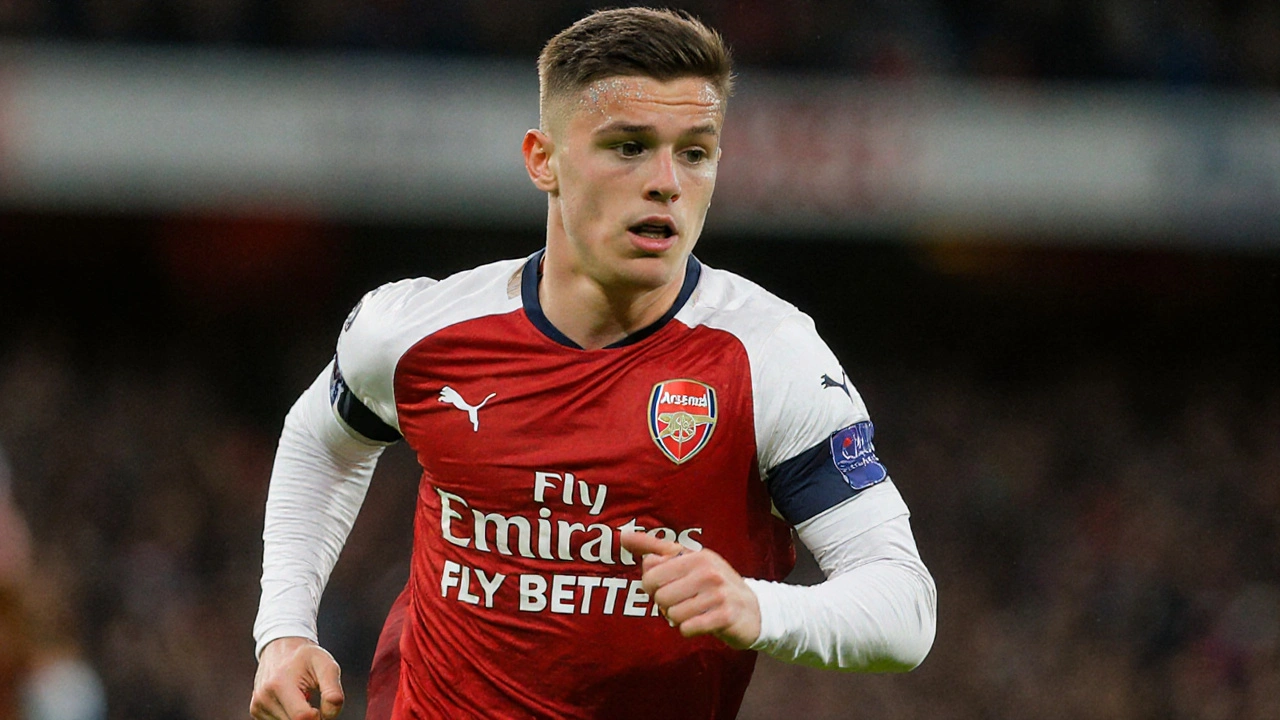Football Safety: Protecting Players on Every Pitch
Whether you’re coaching a kids' team or cheering on pros, the same goal applies – keep the players healthy and on the field. Injuries don’t just sideline a match, they can ruin a season or even a career. Below you’ll find the basics that make a huge difference without costing a fortune.
Essential Gear and Gear Checks
First off, the right kit matters. A properly fitted helmet, mouthguard, and shin guards are non‑negotiable. Make sure helmets sit level, not tilted, and replace them after any hard hit – the foam loses its shock power over time. Mouthguards should cover all teeth; a boil‑and‑bite model works fine for most ages. Shin guards need to cover the entire shin bone and stay snug with a strap that won’t slip when players run.
Do a quick gear audit before every practice. Look for cracks, loose straps, or worn padding. A 2‑minute check saves weeks of rehab later. If you’re buying in bulk, choose brands that meet FIFA or NFL safety standards – they’ve been tested for impact.
Smart Play Rules to Reduce Injuries
Good coaching is the biggest safety tool. Teach players to tackle with the shoulder, not the head. The “two‑foot” rule – both feet on the ground before a slide tackle – cuts down on ankle twists and knee twists. Encourage players to shout “stop” if they feel pain; a quick break prevents small aches from turning into tears.
Warm‑ups aren’t optional. A five‑minute jog followed by dynamic stretches (leg swings, arm circles) gets blood flowing and preps muscles for sudden bursts. Skip static stretching before play; it can actually lower performance. End each session with a cool‑down and a brief conversation about any niggles.
Hydration is another hidden hero. Dehydrated muscles fatigue faster, leading to poor form and more contact injuries. Keep water bottles on the sidelines and remind the squad to sip every 15 minutes, especially on hot days.
Finally, have a clear concussion protocol. If a player takes a head hit, the moment they show confusion, dizziness, or vision problems – pull them out. Use the “step‑out” test: the player walks in a straight line, stops, then turns. Trouble balancing means they stay off the pitch until a medical professional clears them.
By sticking to these simple steps – proper gear, consistent checks, smart tackling, and solid warm‑up routines – you create a safer environment for everyone involved. Football is fierce, but it doesn’t have to be dangerous. Keep the focus on fun, skill, and staying in the game for as long as possible.

Billy Vigar's Tragic Death Highlights Football Safety Gaps
Former Arsenal academy striker Billy Vigar died at 21 after a brain injury caused by a collision with a concrete wall during an Isthmian League match. The incident has sent shockwaves through English football, prompting tributes, club statements, and renewed safety debates. Vigar's career path, the medical response, and the community's reaction are examined in detail.